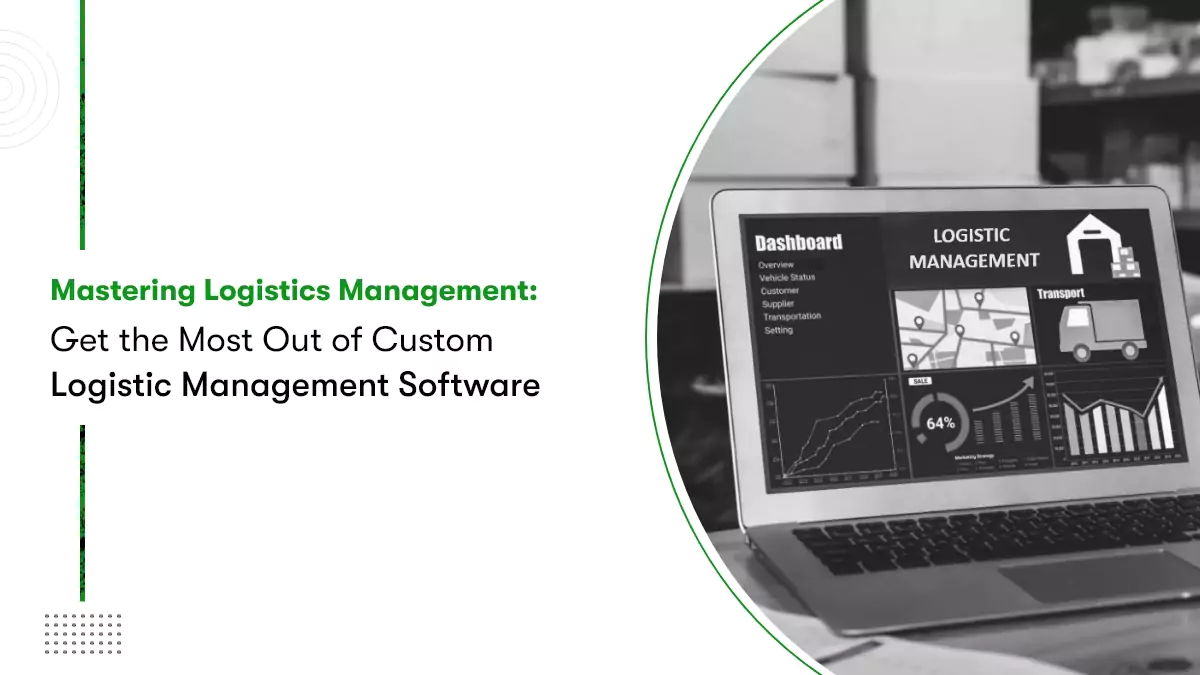It was a cold winter evening when two like-minded friends were coming out of a tech conference in Paris, 2008. The snowy atmosphere was making it harder for them to find a taxi. It was then, the like-minded duo asked themselves, “What if you could request a ride from your phone?”
Though they went their separate ways after that, one of them continued to fixate on the idea. And in 2009, there came an on-demand taxi service app (yes, you guessed it!) UberCab. Now we all know Uber as a taxi-hailing market transformer that outperformed the traditional taxi services.
Ever since, Uber’s success has been inspiring techpreneurs and taxi providers to jump on the mobile app development bandwagon. Owners, however, get really excited when they see giant success and without a second thought, start creating replicas.
Evidently, many companies followed the Uber business model to launch on-demand taxi apps, and major taxi applications failed. There are more reasons than just business models, which led those taxi companies to sink. That’s what we are particularly conveying in this blog. So that when anyone from our community starts an app-based ride-hailing business, they won’t face taxi app failure.
So, let us start with analyzing a startup taxi app failure case and see what we can learn from it.

Why does a Taxi App Fail? Understanding with an example
Uber isn’t only a “global company.” Lyft, Careem, Ola, DidiChuxing, Curb, Grab, and many other companies have also marked their success in the taxi industry. On the other hand, many unfortunate companies could not take off their business well. Have you ever heard of Hailo, a British technology platform matching cab drivers and passengers over its mobile application?
So, the London-based Uber-like taxi-hailing company, founded in 2011, decided to enter the New York market after gaining impressive traction in the UK.
Hailo was expected to take New York’s biggest taxi market by storm in 2013. The company set up its New York office in the SoHo neighborhood and recruited dozens of employees. In addition, the app received funding from the country’s most prominent venture firm Union Square Ventures, followed by Accel Partners.
Yet, Hailo pulled out of the market, laying off 40 employees and citing the “astronomical marketing spend” required to pursue its mission.
What could have gone wrong with a startup funded by $100 million?
-
Poor market research
Market research has been preached to startuppers since the beginning. Hailo, anyway, seemed to forget this primary step.
Hailo assumed drivers in New York would be the same as London. Moreover, they also overlooked factors that differentiate New York users and drivers.
To clarify, drivers in London get trained and accustomed to smartphones as there are complicated routes. In contrast, New York routes are simple. So, drivers navigate through paths efficiently without a smartphone.
-
Technical inefficiencies
Hailo’s technical issues were adding salt to its injuries, specifically the payment integration. New York users were attuned to classic payment processes. Thus, it became difficult for users to use the app, and so for Hailo to integrate its services.
Another wrong assumption Hailo made was about finding the correct fare, which wasn’t the problem faced by drivers at all. They might have just needed a platform to find passengers and vice versa. Consequently, Hailo’s assumption that the New York audience needs a mobile app backfired down the line.
-
Ignoring competitors
When we say market research, we mean to cover the target market, customers, and competitors. Competitive research is a key to beating your competitors. Otherwise, they will knock you out of the competition so quickly. The same thing happens with Hailo.
Hailo ignored that it was going to compete with other taxi apps. Though, they targeted the Yellow Cab market to penetrate and lure existing drivers to install the Hailo app.
However, their half-baked strategy failed terribly. Regardless of operating for two years, the app could only get a fraction of New York’s total 40000 Yellow cab drivers. Consequently, Hailo left open the NY market’s higher-end to Uber, serving with luxurious black cars at the time.

Lessons to learn from taxi app failures
Failing isn’t the end of the world for any business or entrepreneur. The success path has always been thorny, and many businesses thrive when they fail and learn. Also, you can learn from startups in your industry before you to avoid the mistakes they made. Because hiring app developers only isn’t enough to develop a taxi app.
-
Never take market research for granted ever
Market research is the first step to creating business strategies and maintaining competitiveness for a reason. Hailo neglected the proper market research and ended up leaving the market despite having robust funding. Actually, the information derived from market research helps you identify the critical problem your audience faces and where existing solutions fail.
If Hailo had researched the challenges of New York’s drivers, it might have become the country’s best taxi app. Because market research helps you strategize your service to be able to solve real problems.
-
Technical errors can be fatal for the business
When a startup fails due to unforeseeable or natural calamities, for example, COVID-19, is different. Such things are out of our hands. But failing because of technical errors isn’t forgivable.
Specifically, if you are a tech-startup, an on-demand taxi app, a small error can have big consequences. Therefore, you have to be extra careful throughout your Taxi app development. Ensure thorough quality analysis and testing before launching your app.
-
Inefficient planning and decision-making
Researching, planning, and executing the right plan at the right time ensures success for startups. However, the whole process revolves around decision-making. For example, what you learn from the research and decide to do, what things you prioritize in your planning, and what time you choose to execute.
See? Besides planning, decision-making is so imperative. Hence, seek an expert’s help and ensure there’s data to back your decision.
Save your taxi startup from failing by accelerating the growth
Even though taxi app solution providers saw a significant drop in rides during the pandemic, users are growing in numbers. Research predicts, “In the next five years, it’s expected more people in major cities will ditch cars for shared mobility services, while ride-hailing apps will continue to penetrate deeper into towns across the globe.”
For this reason, taxi app startups should buckle up to cater to their audience with unique experiences to grow exponentially. Learning from others’ mistakes and what your competitors are doing will be the priority. Thereby, you can create a never-experienced-before taxi booking solution to glue your customers and tenfold increase your investment return.











 Contact Information
Contact Information